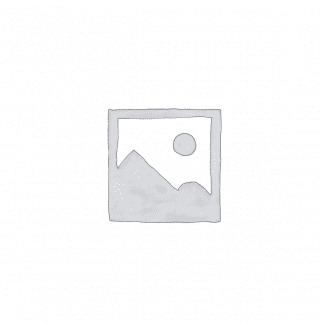ABSTRACT
In the sense that the materials involved in this project were capital intensive more especially cement, so in carrying out the work one must have to be careful in the selection and collection of materials to be used in the casting of the concrete.
The materials used are coarse aggregate (granite) fine aggregate (sand). The coarse aggregates used in this work were collected from Ishiagu while the fine aggregate was collected in front of the carpentry’s workshop on the campus. The test conform to the standard method test, the ratio used was 1:2:4 and the method adopted was batching by weight, from the mix ratio the relative weight for each material to be used for concrete cube cast was 36, these cubes were tested for compressive strength of 7, 14 and 28 days. The results of tests involved in the work and that of compressive strength tests were calculated and tabulated as shown in the final tabulation of results.
TABLE OF CONTENTS
CHAPTER ONE
1.1 The project objectives
CHAPTER TWO
2.1 Materials for concrete
2.2 Aggregates introduction
2.2.1 Fine Aggregate/Sand
2.2.2 Coarse Aggregate/Granite
CHAPTER THREE
3.0 Mixing of the concrete
CHAPTER FOUR
4.0 Preparation for placing and compaction
4.1 Curing
4.2 Testing of hardened concrete and tabulation of results
CHAPTER FIVE
5.0 Conclusions and Recommendation
Bibliography.
DOWNLOAD COMPLETE WORK- For Reference Only: Materials are for research, citation, and idea generation purposes and not for submission as your original final year project work.
- Avoid Plagiarism: Do not copy or submit this content as your own project. Doing so may result in academic consequences.
- Use as a Framework: This complete project research material should guide the development of your own final year project work.
- Academic Access: This platform is designed to reduce the stress of visiting school libraries by providing easy access to research materials.
- Institutional Support: Tertiary institutions encourage the review of previous academic works such as journals and theses.
- Open Education: The site is maintained through paid subscriptions to continue offering open access educational resources.



